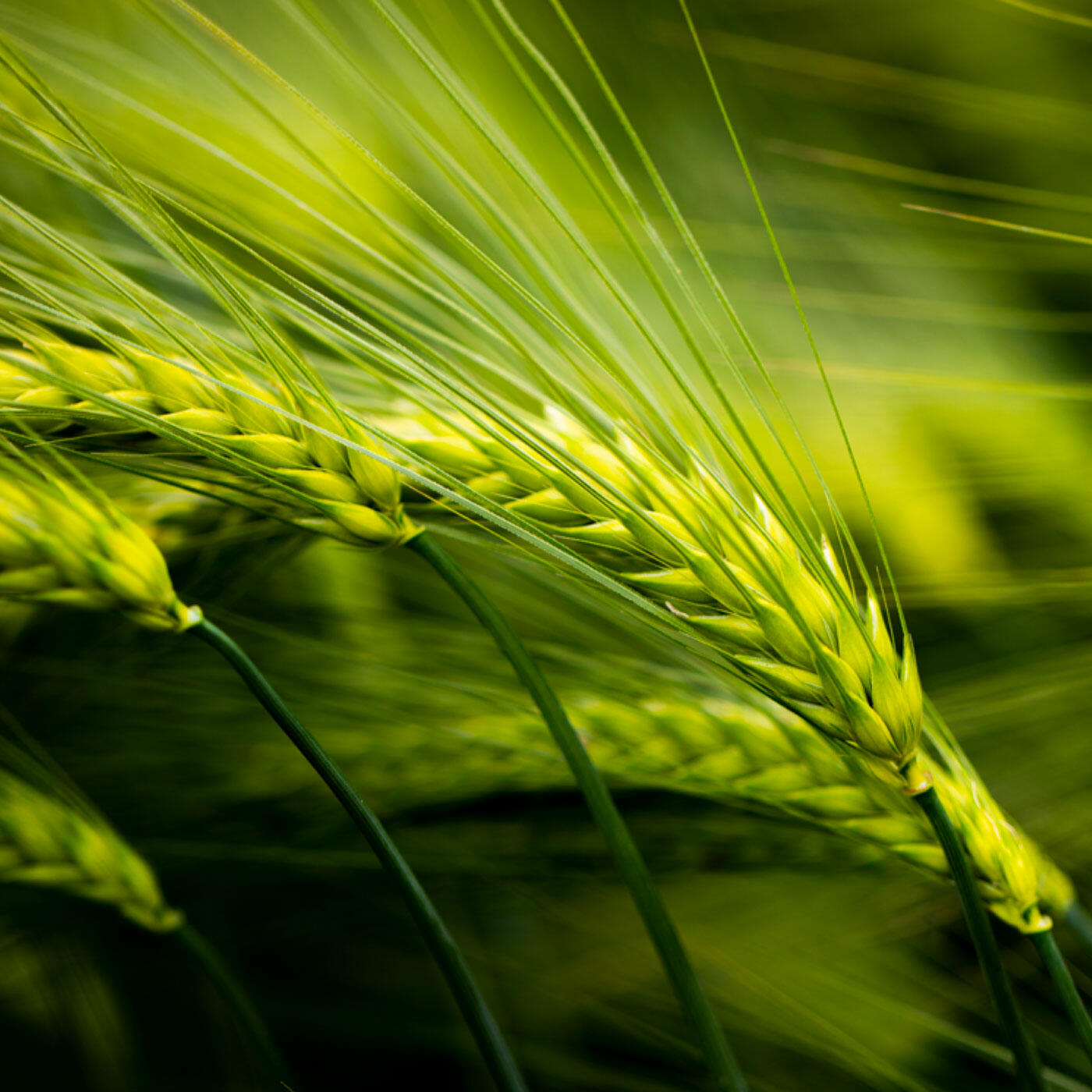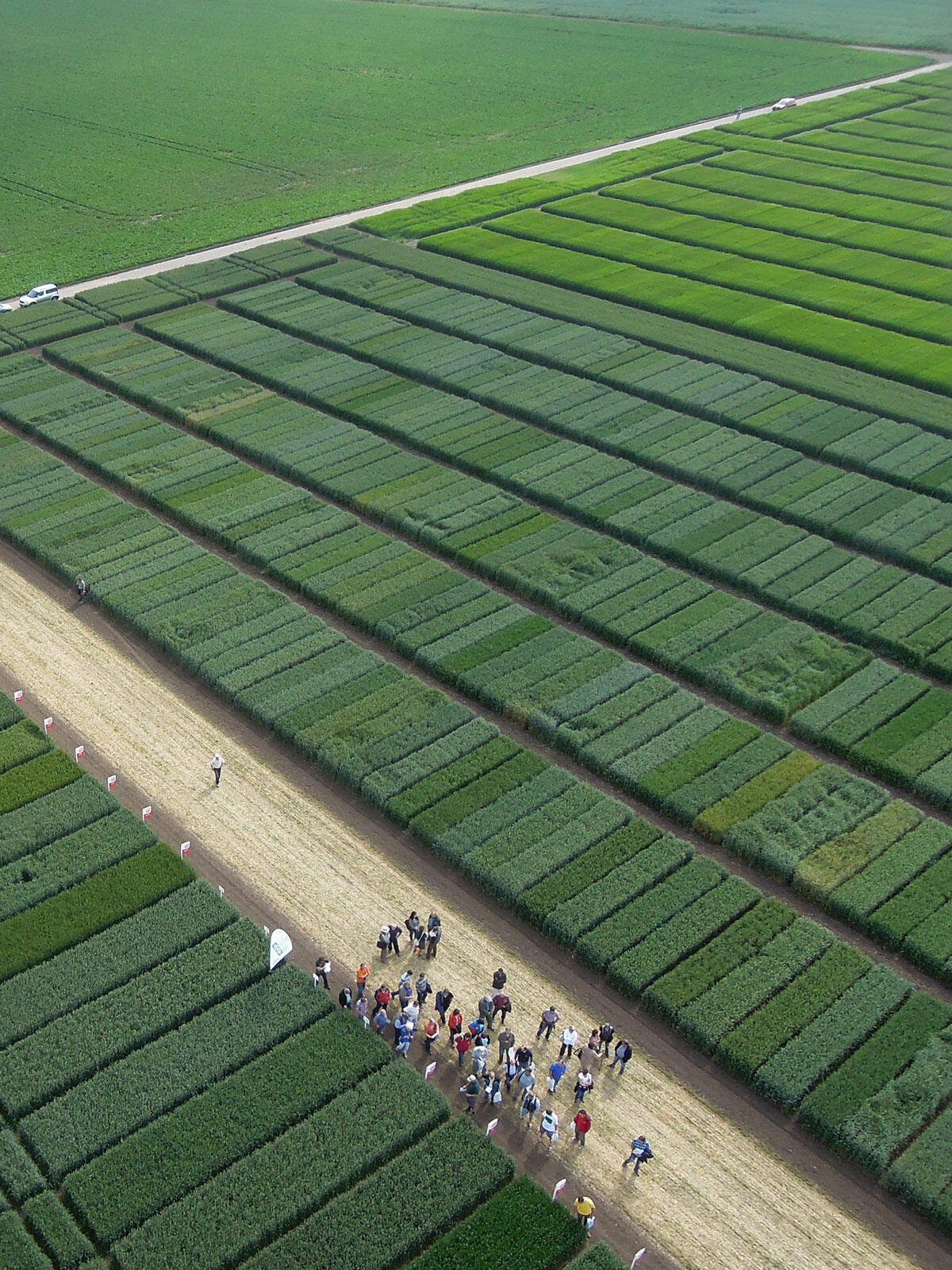
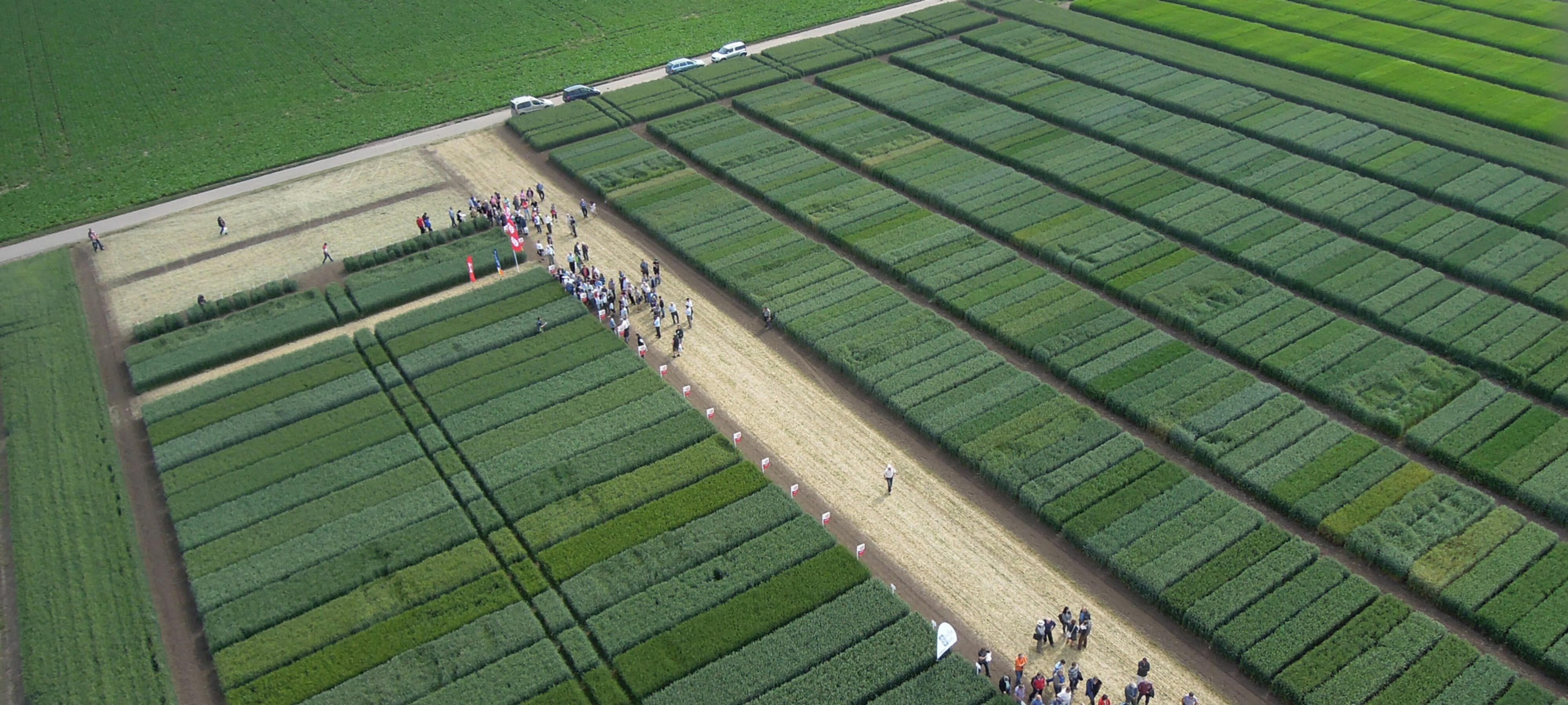
Innovation is our DNA
Innovative and responsible solutions to produce more and better.
Genetic innovation, our core business
Optimizing seed performance and providing added value to farmers
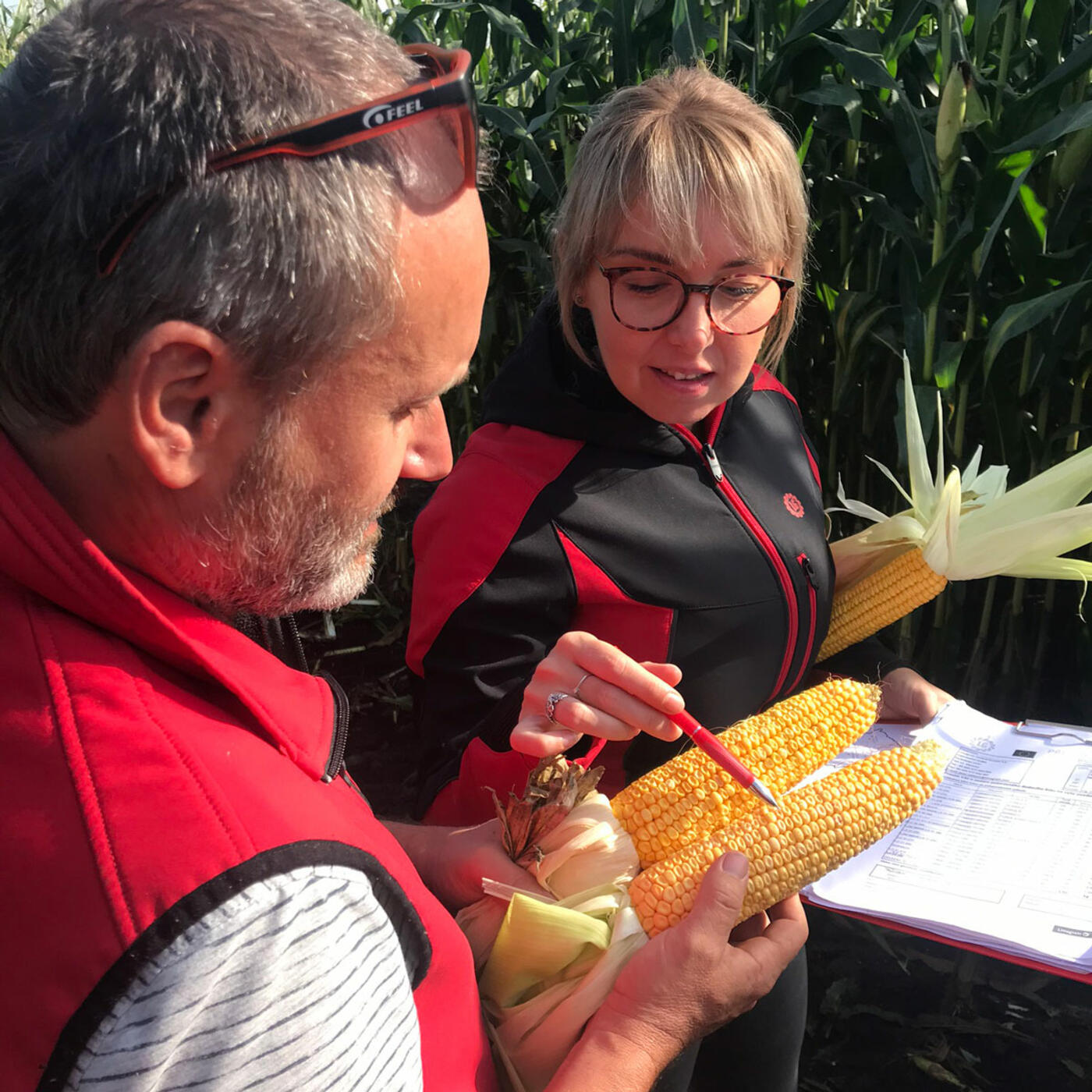
Innovating to meet the agricultural challenges of tomorrow
Optimizing performance and yield stability
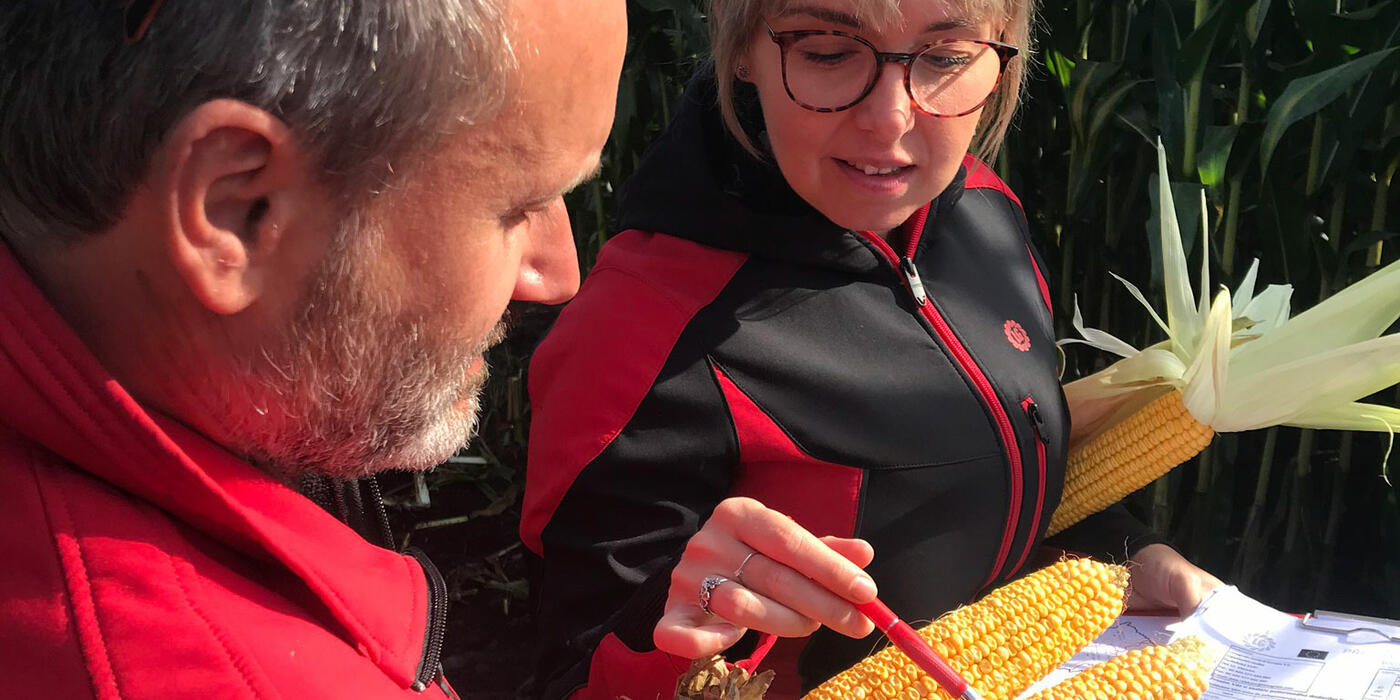
Researchers at Limagrain Europe combine their expertise to meet the challenges faced by tomorrow's agriculture. Genetic innovation is at the core of their approach and has led to the creation of a solid portfolio of varieties. All varieties are based on exclusive genetics combined with innovative, high added-value traits.
Limagrain Europe provides innovative solutions to meet the needs of all farmers.
€311m invested in Research
Resources that meet the level of our ambitions
Limagrain Europe relies on global research with a community of more than 1,000 researchers across 5 continents.
Limagrain Europe has developed technology platforms to accelerate genetic progress: high-throughput genotyping and phenotyping, double haploids, envirotyping (GeoStar), etc.
Photo credit: ©Bouchet
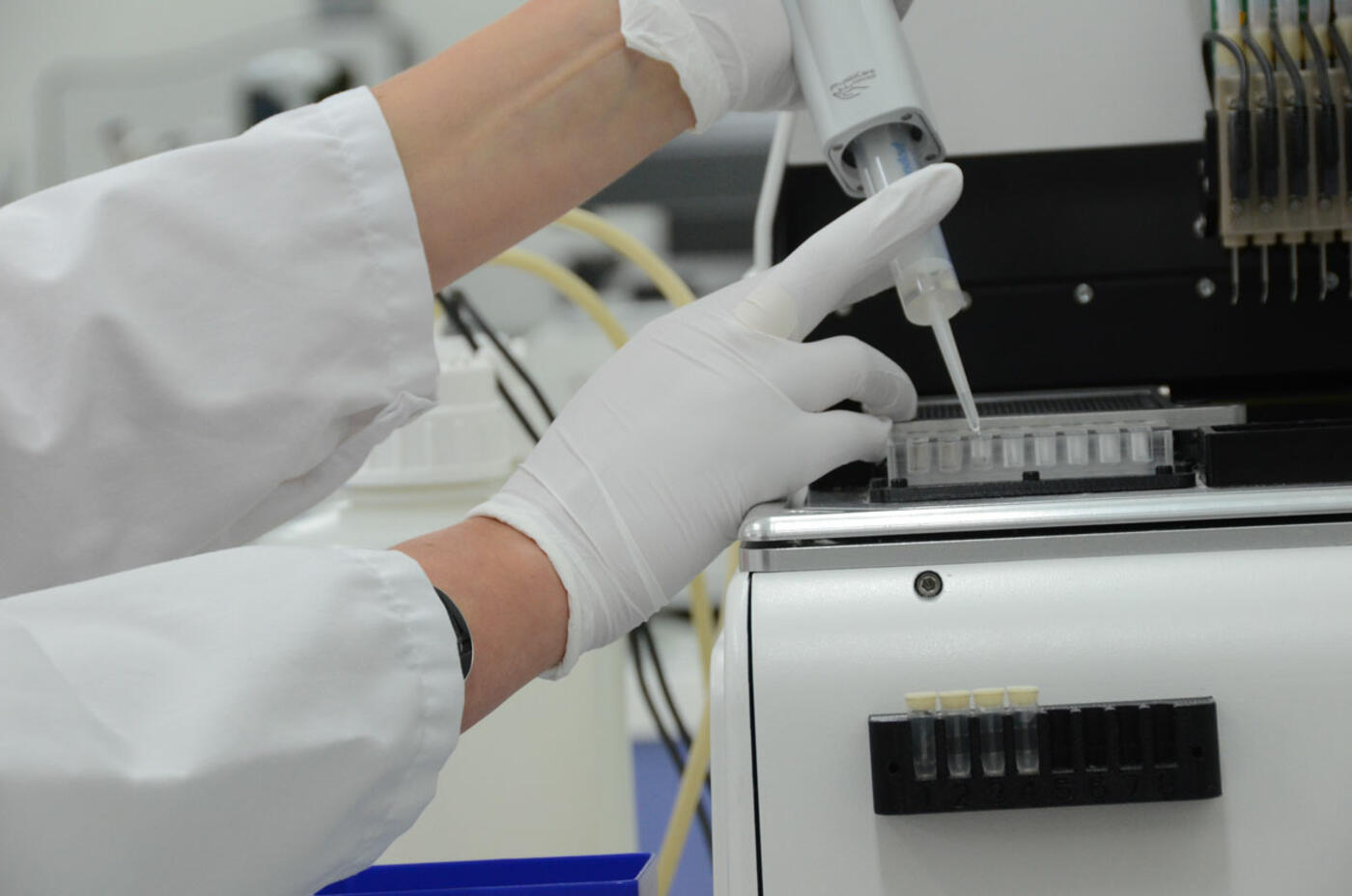
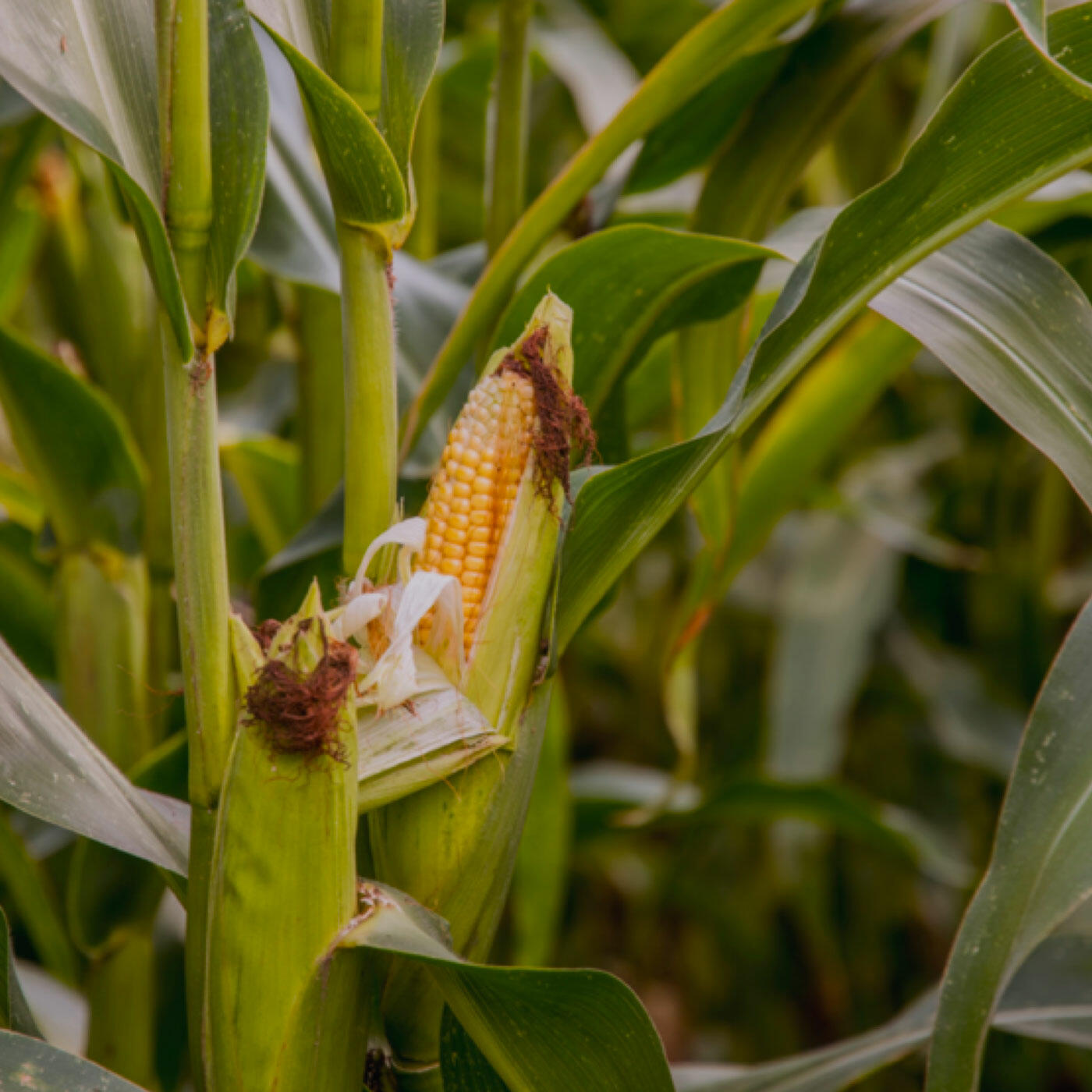
Maize
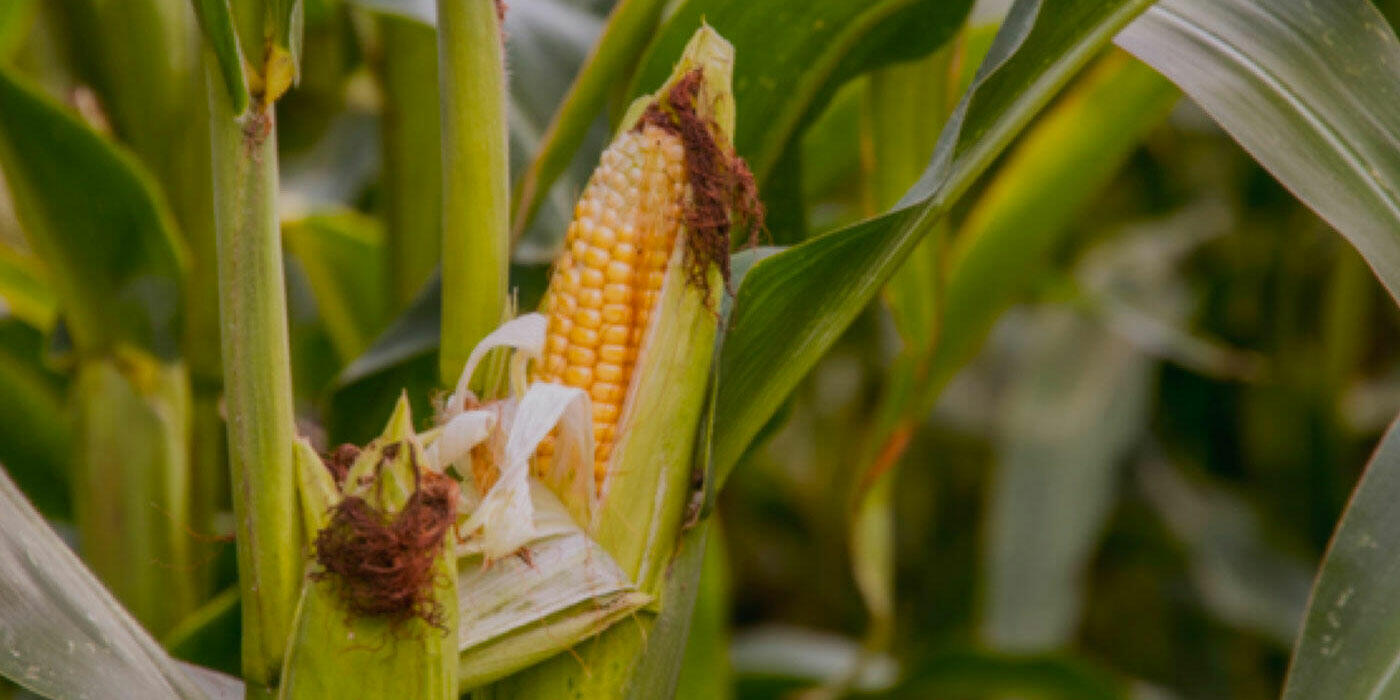
For more than 60 years, Limagrain Europe has been developing breeding programmes that cover the entire range of maturity and uses in silage maize and grain maize to respond to all opportunities for farmers and meet all their needs.
The programmes depend on a large experimentation network run by Research & Development in 17 European countries that cover the main pedoclimatic conditions.
Sunflower
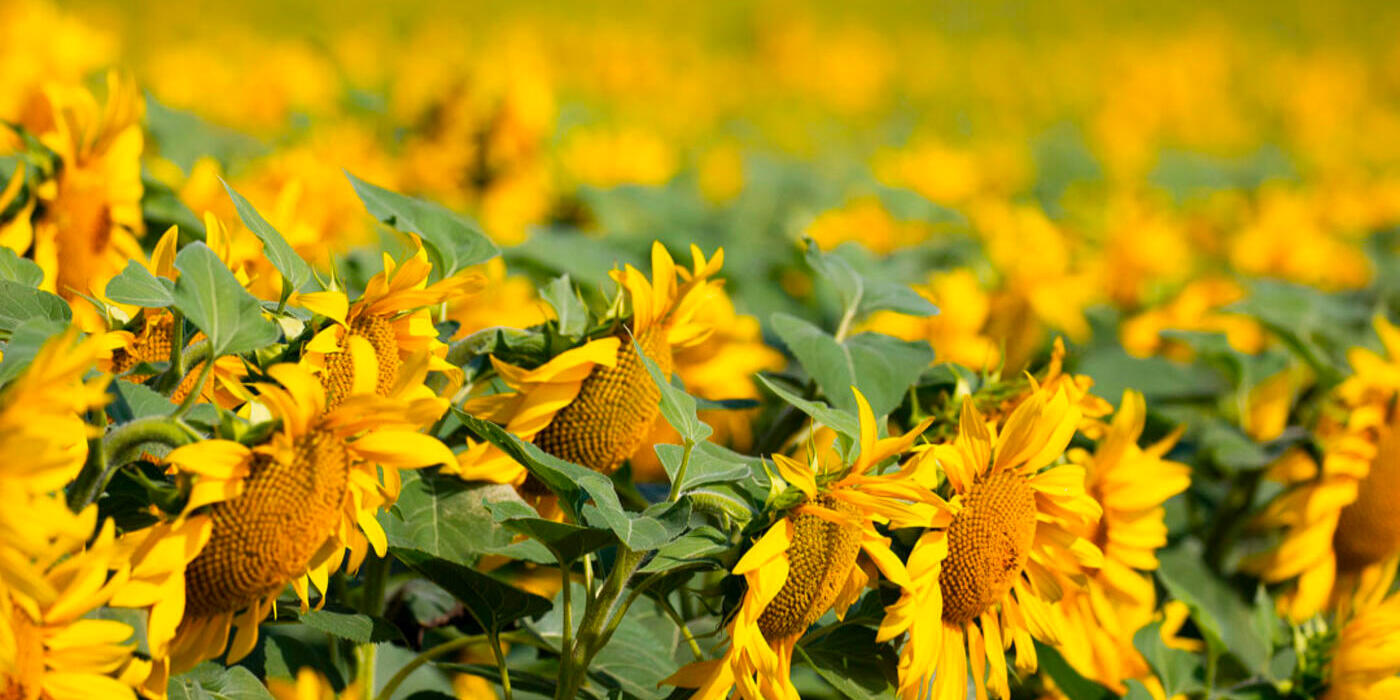
For more than 40 years, Limagrain Europe has had breeding programmes focused on grain and oil yield, stress resistance, and resistance to disease and pests.
We combine high-performance genetics with a selection of weed-control solutions based on technology (Clearfield, Clearfield Plus or Express) to meet the needs of farmers.
Limagrain Europe has implemented a genotyping, monitoring, and research platform focused on broomrape, a very significant pest that affects millions of hectares in Europe.
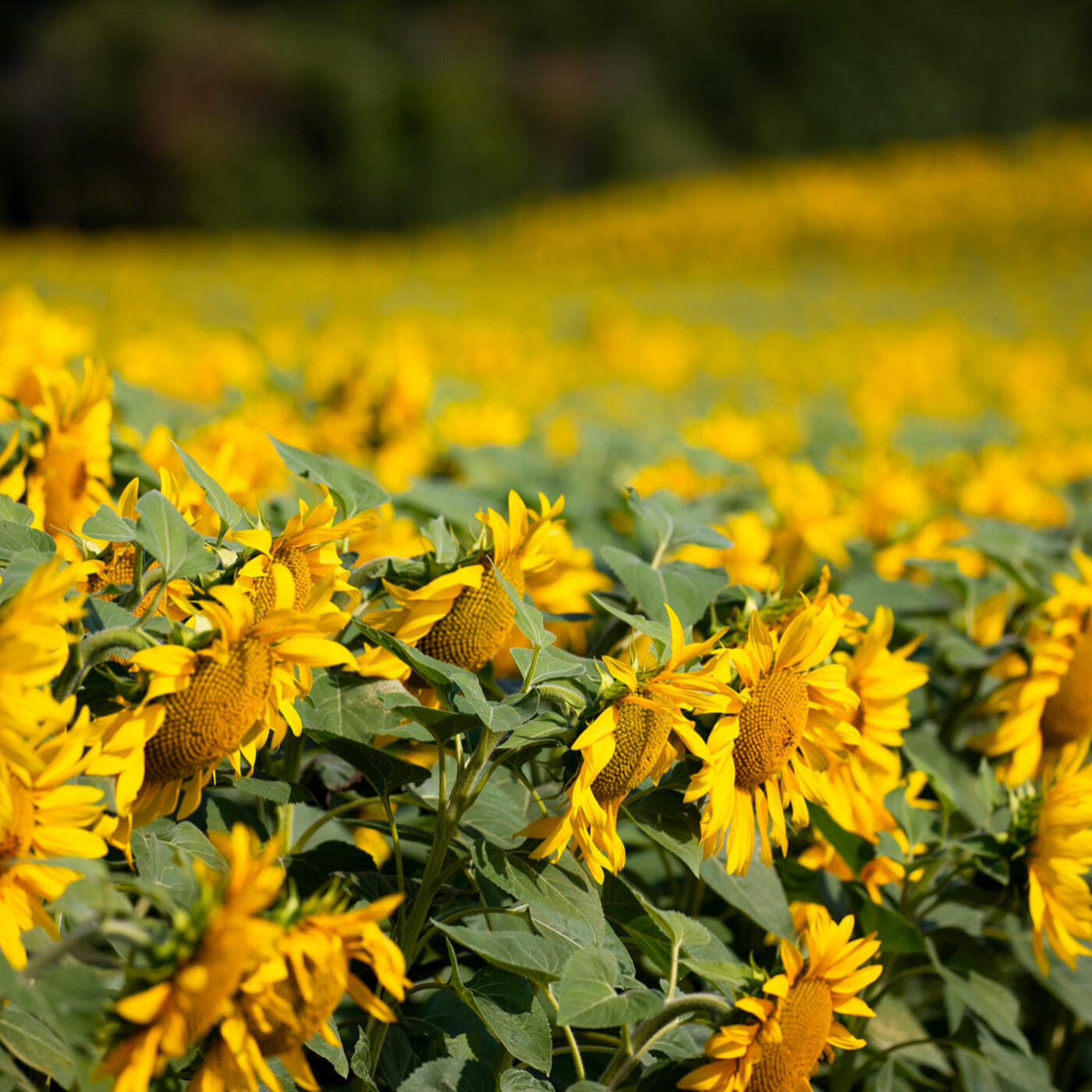
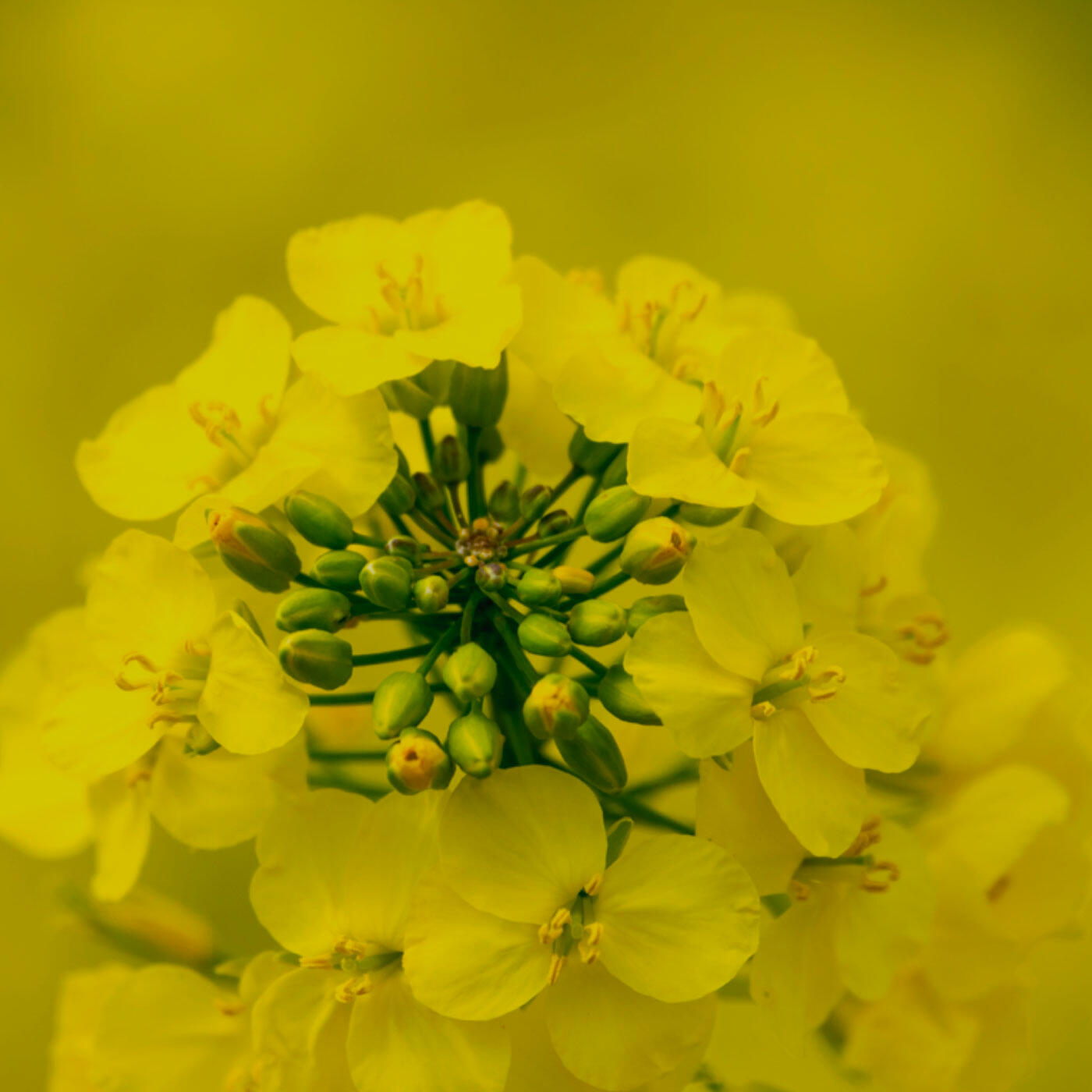
Oilseed rape
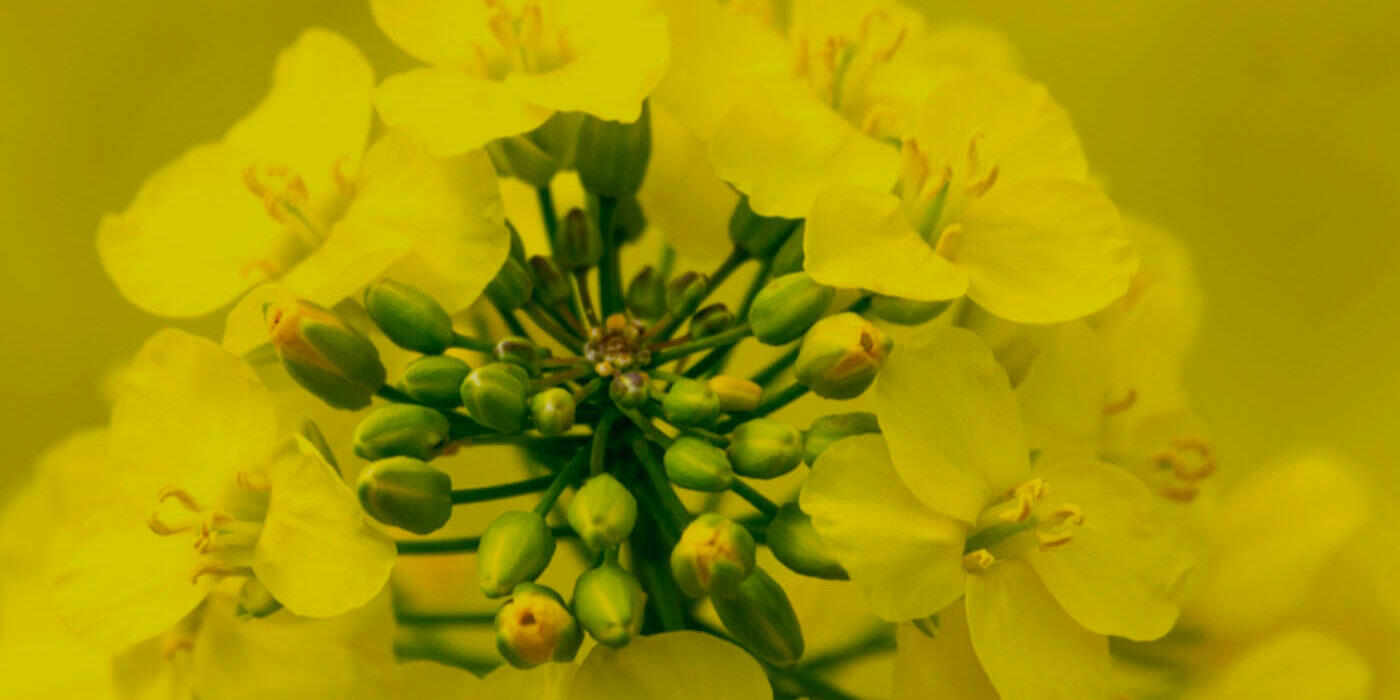
For more than 20 years, Limagrain Europe has continued to invest in oilseed rape research to develop varieties that combine high yield potential, good resistance to pod shattering, and good tolerance of biotic (phoma, TuYV, clubroot) and abiotic stresses (winter cold).
Small grain cereals
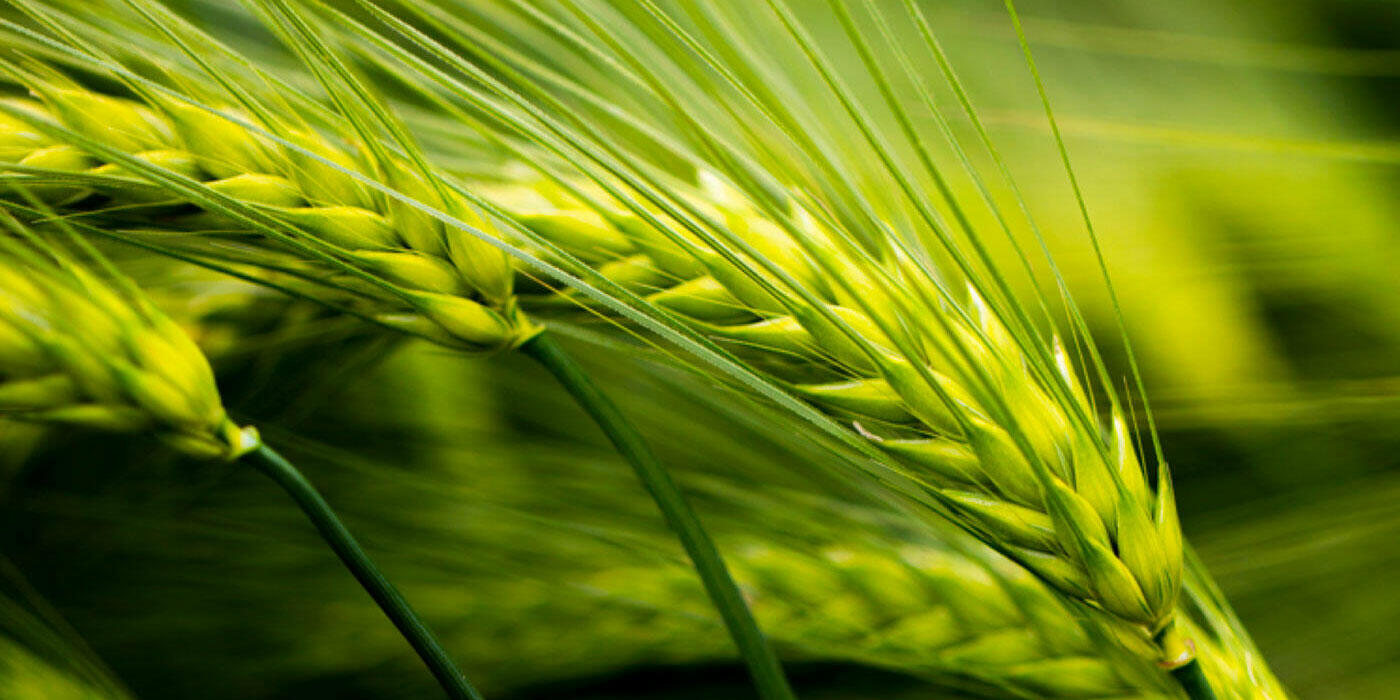
Small grain cereals research (durum wheat, winter wheat and barley, spring wheat and barley) is among the best performing worldwide thanks to a research network across 5 continents and numerous collaborations with integrated value chains, industry and universities. The goal is to create varieties adapted to the various pedoclimatic contexts and improve yield potential and stability (disease resistance, lodging, and abiotic stress...).
